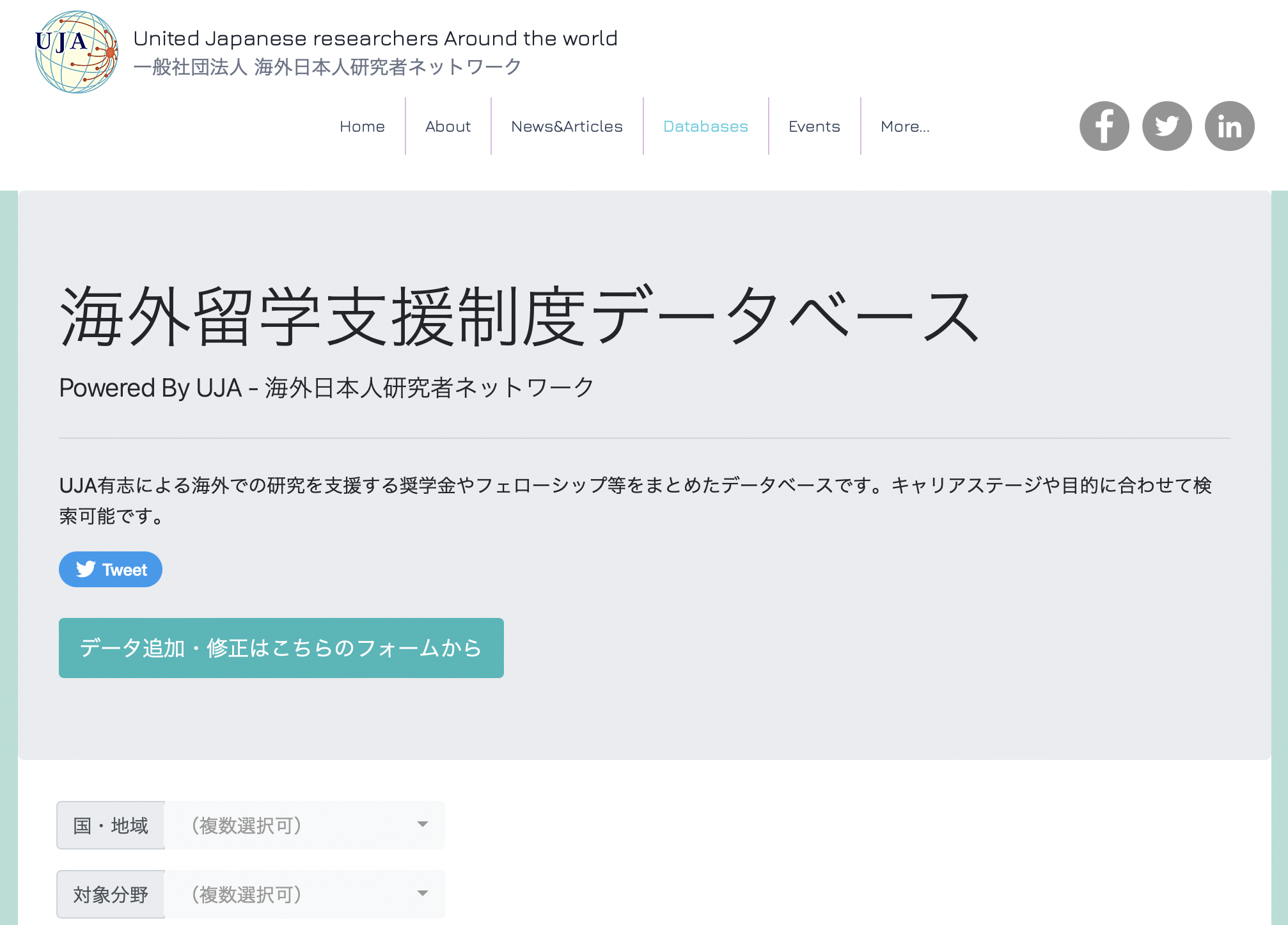Prologue
When I was in medical school, I had a part-time job at the medical history museum of Kyushu University. It was founded in 2015, when I was in the second year, by the alumni association with an intention to create a space to store and chronicle the history of the school. One of the core members of the project told me that there are not many historians with medical knowledge or medical professionals with formal training in history research. Most of the medical history therefore has been documented by medical doctors who are history ‘nerds’ but not necessarily trained in it. So the idea of the founding members was to construct a place within the university where medical people and historians can collaborate to establish a knowledge base.
My job responsibility ranged from providing information to guests at the front desk to sorting historical materials for the database. I was able to work with people both from the School of Medicine and the Department of Literature (historians) and enjoyed the diverse, free, open atmosphere at the museum.
One day, one of my colleagues who was a history PhD student, told me about a special lecture by Prof. Shigehisa Kuriyama of Harvard University, who studies medical history with anthropological approaches. I attended the lecture and later had a chance to sit down with him for an hour. He told me many interesting stories, and one of them was about his research on ‘katakori’, which completely changed my perspectives on things, let alone katakori itself.
The original research paper: https://www.jstor.org/stable/25791005
What is katakori?
Katakori (肩こり) is one of the most common ailments in Japan. According to a recent study, 45.6% of 1122 participants (426 male, 696 females) said they had katakori (Kumagai, et al. 2021). It is discomfort you feel in your neck and shoulders after a long hours of office work. I am a chronic sufferer myself, and for the past two weeks it has definitely been worse as I had to spend a lot of time sitting in front of my PC and writing documents. The interesting fact is that despite the huge prevalence in the Japanese population, the ailment is pretty much non-existent in the other parts of the world. Prof. Kuriyama’s research gives striking insights into why only Japanese people suffer from katakori and how the meaning of the ailment has changed over time. My mind was blown away when I learned how we can think so differently about a physical phenomenon, even a disease if we move in space and/or time.
Why do only Japanese people suffer from Katakori?
The cultural background: the flow of energy
The key to understanding the reason is in the concept behind the word “katakori”. The word is often translated as “still shoulders”. But Prof. Kuriyama points out that that is not the correct way to explain this ailment.
The Nanzando dictionary of medicine identifies katakori as “subjectively, an extremely uncomfortable feeling, accompanied by dull, heavy pain in the muscles of the neck and shoulder,” and lists as its chief causes fatigue, poor posture, psychological stress. One is tempted to say: katakori is mental tension manifest as muscular tension. But tension is inexact. To appreciate the distinctive feel of kori it may be useful to reflect upon what happens, sometimes, when longtime friends fall out. Harsh words are exchanged; feelings are hurt; ties are severed. Later, the friends begin to speak to each other again, but their conversations are no longer the same. Though they pretend a return to their former casualness, both know that it is only a pretense. The intense antagonisms and tension that both felt at the time of the argument have long faded; but the resentments of the time have hardened into shikori — a term closely cognate with kori, and often used interchangeably with it — block all easy exchange. […] The pain of katakori is not unlike this dull and heavy ache of suffocated words, of feelings congealed and unable to ‘get through’. — Kuriyama, 1997.
As seen in the above passage, to fully grasp katakori, we must understand the concept of kori (凝り). The kanji character 凝 carries the meaning that something that flows like water stagnates. An example use is 凝固 (solidification), a process in which an atoms are converted into an ordered solid state from a liquid disordered state. In Japan, people like to think of energy as a liquid-like flow, which probably is heavily influenced by Buddhism concepts. (You might be familiar with ‘chakra’ if you practice yoga or have watched Naruto.). The spiritual aspect of the culture seems to have served as the rich soil for katakori to emerge and develop into the immense pain the people now have integrated into their identity.
But this does not fully explain why katakori is unique to Japan as katakori does not exist in other cultures with Buddhist influence. Prof. Kuriyama further searches the history for an answer.
Katakori existed in guise of another disease in the Edo period
Although the word katakori seems to first appear in Meiji times (1868-1911), Prof. Kuriyama found that the verbal phrase kata ga korite (the shoulders get kori) already existed in medical text of Edo period (1600-1868). Many people in Edo times complained that their shoulders were “blocked” or “clogged”. Back then, this complaint was called kempeki (痃癖). It was also documented in the Japanese-Portuguese dictionary of 1630 as Qenbeqi (kenpeki): “A shoulder affliction”. Prof. Kuriyama further states that in scenes of daily life depicted in Edo literature and Illustrations, we see people treating their shoulders in ways that katakori sufferers would stil find familiar: they run on salves, they burn moxa, they ask others to massage them, or pound themselves with objects at hand.
The word kempeki originated from a Chinese word, xuanpi. However it was a technical term used only by medical professionals to describe an abdominal affliction and had nothing to do with the back. The term was introduced to Japan for the medical experts, and then it locally diverged from the ‘correct’ terminology and transformed into a popular, common word.
The substitution of kanji might be the reason for the misuse of the word
But how did people make the misunderstanding? Misunderstanding between a neck and shoulder problem and an abdominal problem seemed to be too big of a jump to be made without an intention. Prof. Kuriyama suspected that some hidden logic must have linked them.
the ken of kenpeki combines the disease radical with the graph for a string stretched taut, thus suggesting pathological tightness. The character was obscure, and rarely used except in the compound kenpeki. Some Japanese writers substituted in its stead the character for shoulder — also read ken (and also read kata, as in katakori — Japanese characters typically have two or more readings). This made explicit the popular understanding of kenpeki as a heki of the shoulders. The affliction that concerns us then is heki. — Kuriyama, 1997.
This story makes much clearer the reason why katakori uniquely exists in Japan. Prof. Kuriyama adds more nuance to the story. Please refer to the original article if you are interested.
The perception can be different across time
So far, we have seen that an ailment can exist in a specific space (culture) but not elsewhere. The same can be said about time. A disease can only exist in a specific period of time and/or can be perceived completely differently. Katakori happens to be a great example for the concept that changes its perception over time. As my katakori seriously worsened after working so much on writing, it is a symbol of overwork today. But it was not always the case in the past, in fact, what it meant to have katakori was quite the opposite in the Edo period.
The new guide for a healthy life by Kaibara Ekiken
The Edo period (1603 - 1867) indicates the period in the history of Japan, when the Tokugawa shogunate ruled the country. It was the longest and the last feudal period with a samurai government. The long-time stability, coupled with the isolationist foreign policy (sakoku), allowed the perpetual peace and the development of art and culture. With economic growth, money became something that circulates, as well as the energy (ki) in the body.
Kaibara Ekiken (1630 - 1714), a neo-Confucianist philosopher and botanist, casted a theory that represents the atmosphere developed in the Edo society.
Kaibara Ekiken’s Yojokun (1713) became the most popular guide to regimen in Japanese history. And yet much of its advice echoed the rules of regimen long taught in China: avoid excess in food and drink, don’t overindulge in sex. But in one respect, Ekiken thought that Chinese precepts easily lead one astray. There are those who hold, he observed, that the art of cultivating vitality is embodied by the retired old man passing his days in peaceful leisure, or, in the case of the young, by the hermit who lives far away from the toilsome cares of society. — Kuriyama, 1997
Ekiken rejected the Chinese ideal of the retired, eremitic existence.
The art of cultivating life does not lie in relaxed ease. It requires bodily activity. Leisure, rather than fostering vitality, causes it instead to stagname and block up. The easy life makes one sick (Kaibara, 1981 37) […]. For Ekiken, though, labor (rodo) represented the royal path to vigorous long life. — Kuriyama, 1997
The nation isolation = missing out the industrial revolution
With the spread of Ekiken’s ideas, industry became a virtue. Yet hard work is also a necessity. According to the economic historian Hayami Akira, a population explosion in seventeenth century Japan resulted in a reduced individual access to land, capital, and animal power, and forced ever-increasing reliance on human labor. Japanese farmers were striving to achieve the same or greater returns while having less animal resources. On top of that, because of the isolationist policy that took place in the Edo period, Japan fails to benefit from all the engineering technologies invented in the industrial revolution.
Whereas England underwent an industrial revolution, the economic growth and the transformation of Japanese society in the Edo perido turned to what Hayami has dubbed the ‘industrious revolution’ (kinben kakumei) (Hayami et al., 1994: 20-31). — Kuriyama, 1997.
The ache of kenpeki as the consequence of an indolent life
The modern industrious virtue and the perspectives on health made people associate the stagnation of energy to that of money. Hence, kenpeki became an ailment of lazy individuals, which is the opposite of what katakori means to us today.
Prof. Kuriyama quotes “Koshoku ichidai onna”, a novel by Ihara Saikaku as an example of literature work describing the lazy extravagance fostered by urban prosperity.
Though the stone basin may already be full of water, he has it filled afresh; then he washes his hands in a leisurely fashion, gargles softly and performs his other ablutions with like elegance having completed his toilet, he bids one of the girl assistants fetch his tobacco, which his attendant has brought along wrapped in white Hosho paper, After a few puffs he lays a handkerchief of Nobe paper by his knees, uses it with artless elegance and throws it away. Next he summons an assistant courtesan, and telling her that he would fain borrow her hand for a moment, he has her slip it up his sleeve to scratch the moxa scar left from his kenpeki treatment (Ihara, 1963L 145-146). — Kuriyama, 1997
In addition to the resonance of medical and social concerns, Prof. Kuriyama further discusses the culture of palpation in the original article.
Take Home
What fascinated me the most when I heard the story behind katakori is how a phenomenon can have completely different meanings when we move physically to a different place or move in time. Meeting and speaking with Prof. Kuriyama made me realize how we see things through artificially created categories and the categories are never consistent across cultures and times.
I hear it is quite common for an exchange student to immerse themselves in Japan and go home with solid katakori they will have to live with for the rest of their life. I hope this blog post does not have the same effect.
References:
Kumagai, G., Wada, K., Kudo, H., Tanaka, S., Asari, T., Chiba, D., … & Ishibashi, Y. (2021). The effect of low back pain and neck-shoulder stiffness on health-related quality of life: a cross-sectional population-based study. BMC Musculoskeletal Disorders , 22(1), 1-9.
Kuriyama, S. (1997). The Historical Origins of” Katakori”. Nichibunken Japan Review , 127-149.
Share on
Twitter Facebook LinkedInSubscribe
Enter your email and receive notifications of new posts!




